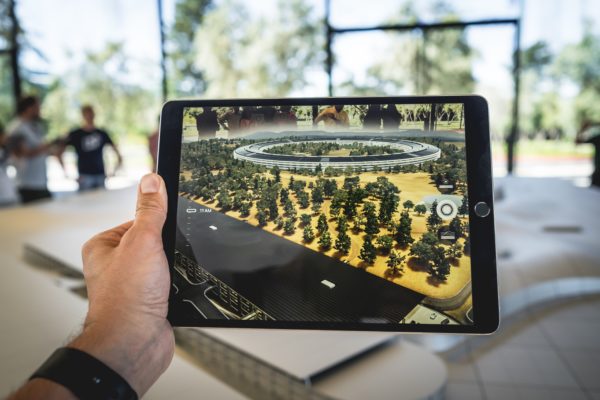When our news feeds are filled with headlines about Australia’s recycling crisis and warehouses are filled with recyclable materials headed for landfill, it’s easy to throw up our hands in despair.
If only we could avoid producing so much waste in the first place.
If only our economy was more circular.
The good news is that there’s much we can do to create circularity in our material flows and transition from a linear to a circular economy.
As Deakin University’s Institute for Frontier Materials’ Circular Economy program leader, Catherine McMahon, points out, this is not a new concept.
“It’s gaining traction around the world and the time has come for Australia to embrace its underpinning principles,” Ms McMahon says.
“The real key is design. We need to re-look at the design of our materials themselves. We need to re-look at the design of products, our buildings, our business models, our systems and, of course, our behaviour.”
On the eve of the Geelong Regional Innovation for a Circular Economy conference, and the launch of Victoria’s Australia-first circular economy policy, Ms McMahon explains why a circular economy should be “the next big thing” that we focus on to truly address our waste crisis.
So, what is a circular economy?
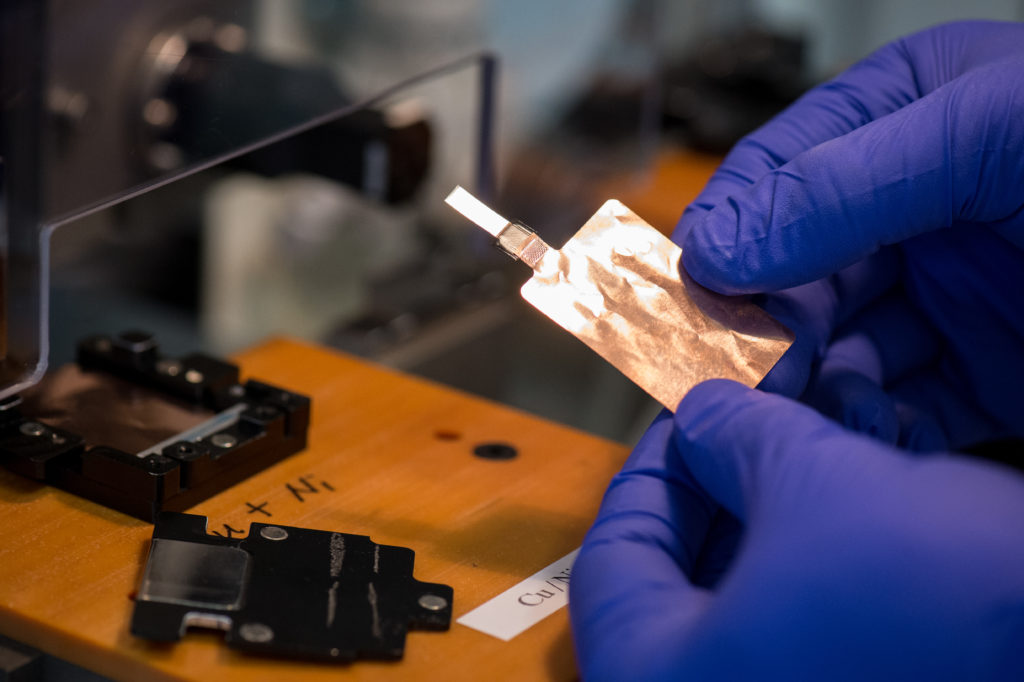
While there is no one, universally accepted, definition, the Ellen MacArthur Foundation has a clear, simple definition based on three very simple principles:
- Designing out waste and pollution
- Keeping products and materials in closed loops and at their maximum value at all times
- Restoring natural systems
The focus on regenerative, renewable systems is critical and underpinned by sustainability.
If we follow the principles of a circular economy, we inherently focus less on extracted resources from mining and petroleum, which are finite, and more on natural bio-based raw materials and by-products.
Why is it important?
If we design out waste and use sustainable, renewable materials that are ethically sourced, we do less harm to the environment and we do less harm through the transfer of our waste to countries that are developing and don’t have the robust systems of management and governance that countries like Australia do.
Utilising the principles of a circular economy will ensure we waste less, pollute less and create a safer, environmentally friendly planet that has a lasting legacy for future generations.
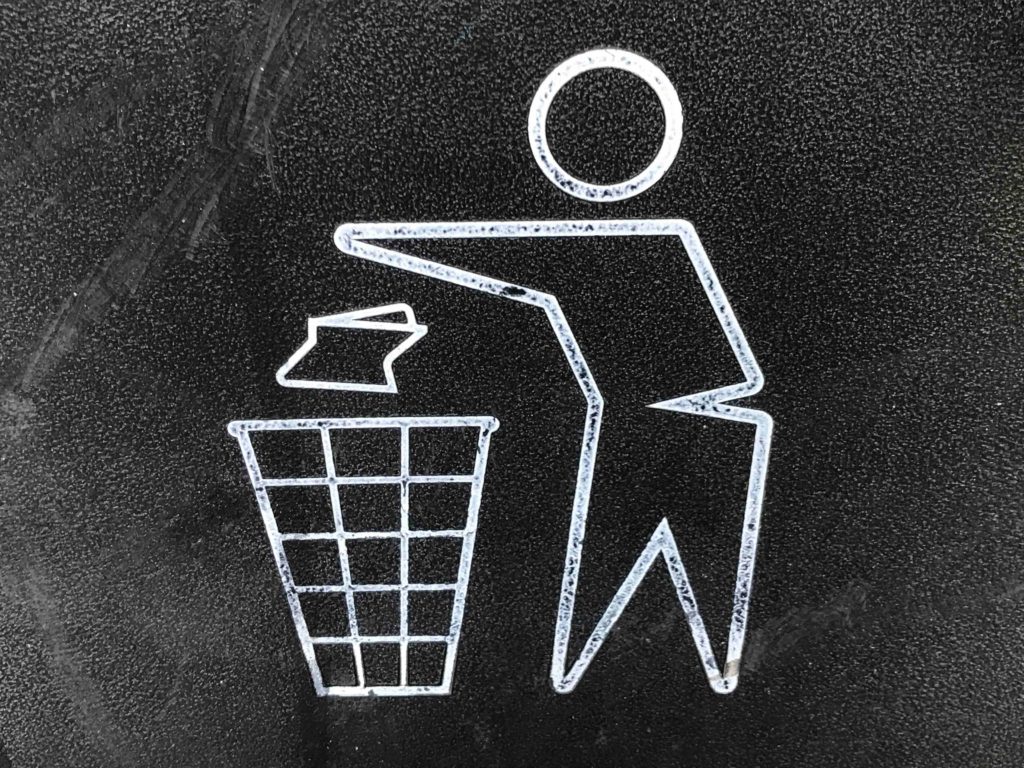
By following the principles of a circular economy, we continue to focus our efforts on more renewable and restorative raw materials, which means we continue to protect our finite critical raw materials derived from mining that are predicted to run out by 2030 and 2040 if our production continues to grow to meet our current rate of demand.
A number of these raw materials are required to drive our future global needs for renewable energy solutions.
A circular economy also contributes to growth and the creation of jobs, so there is also an economic imperative to transition away from our existing linear model that is inherently wasteful.
Australian government analysis suggests that 9.2 full time jobs are created for every 10,000 tonnes of material recycled compared to 2.8 jobs per 10,000 tonnes sent to landfill.
In Europe, the transition to a circular economy is expected to yield an additional $A1.4 trillion to its economy by 2030.
Our current waste management crisis is a really good example of why developing a circular economy based on all three principles is so important.
We continue to focus on the back end of the material life cycle i.e. the waste.

We need to demonstrate foresight by also focusing on how best to re-design our materials and products by designing out waste and pollution in the first place.
We need to begin with an end in mind, or rather several ends in mind. Our lack of effective system design on the entire supply chain for materials has resulted in materials that are commingled, really complex and hard to recycle and repurpose.
Therefore, we have the issues of stockpiles building up in landfill, being unable to recycle materials and also being unable to find new markets for new products that have recyclable materials at their core.
It’s important that we now employ a collaborative, systematic approach that considers every aspect of the supply chain from the design of the material to its end of life considerations.
What does the perfect circular economy look like?
To truly achieve a circular economy we need to work on both ends of the spectrum.
On the back end, where there’s waste, we need to consider how we derive maximum value from it and, on the front end, we need to re-design our materials and products with a focus on keeping them in use for as long as possible and retrieving the maximum value from these materials while doing so.
In a perfect world, all the key players in the supply chain work together to focus on systemic change, clearly aligned targets and clearly aligned actions to achieve those targets.
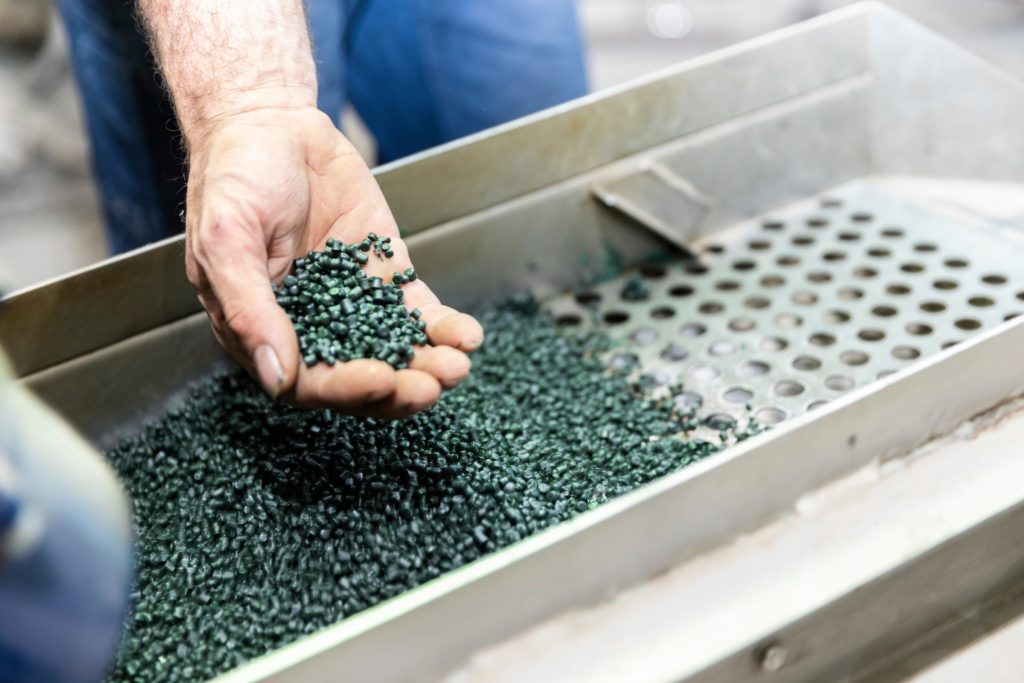
Right now, there are some incredible people in industry, R&D and government doing incredible things, but for the most part the work is fragmented.
I think we can leverage off and synergise far better by working together and having industry, R&D, government, producers and recyclers all in the same room trying to work out how to best implement the key principles for a circular economy for our priority materials.
Also, considering cross-industry collaboration will be key to identifying how the waste from one industry can be utilised as a valuable resource for another industry.
What’s the picture in Australia?
While the idea of reusing, recycling and repurposing has been around for centuries, the modern concept of a circular economy has been growing in Europe and Asia for least 10 years. They’ve been working towards it and developing regulations, systems, and strategies around it.
Australia has been slower to energise its efforts towards a circular economy. This is mainly because we are a rich source of minerals and we have the luxury of having sufficient capacity for landfills.
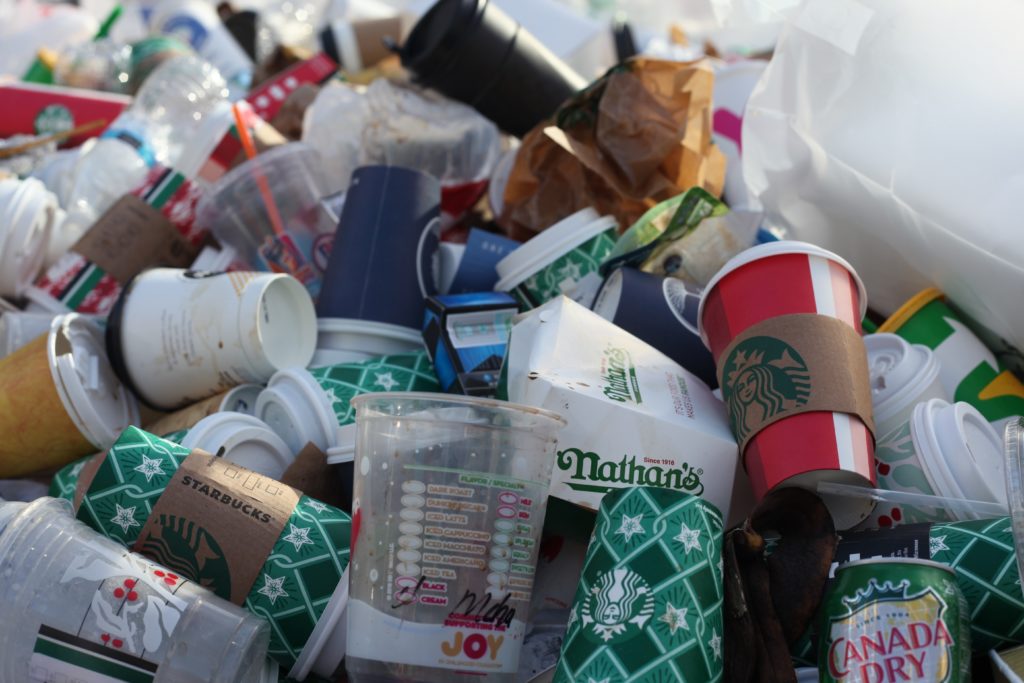
However, in countries like Sweden, Norway and Hong Kong, space is at a premium so they’ve been forced to think about waste to energy projects, for example, and be proactive in their systems around waste management.
The questions for Australia are how do we establish global best practice, determine how it could work here and apply it most successfully?
There is some benefit to not being the first in the world to do something if you capitalise on the learnings from the people who’ve gone ahead of you and you look to leverage off their success.
I really believe that most consumers and households want to, and try to, do the right thing. They understand the seriousness of the challenges we face today and they want to leave a better legacy for tomorrow.
They just need to be provided with the information, tools and systems so they can achieve the end goal, which is sending less waste to landfill.
What’s required is to get the key players together to work out how this system needs to work. Often each stakeholder knows their piece of the puzzle really well, but what we need to do is help put that together.
We really need business, industry and government to think about how they work with R&D to discover innovative technologies that will accelerate change towards a circular economy.
What’s Deakin’s role in the process?
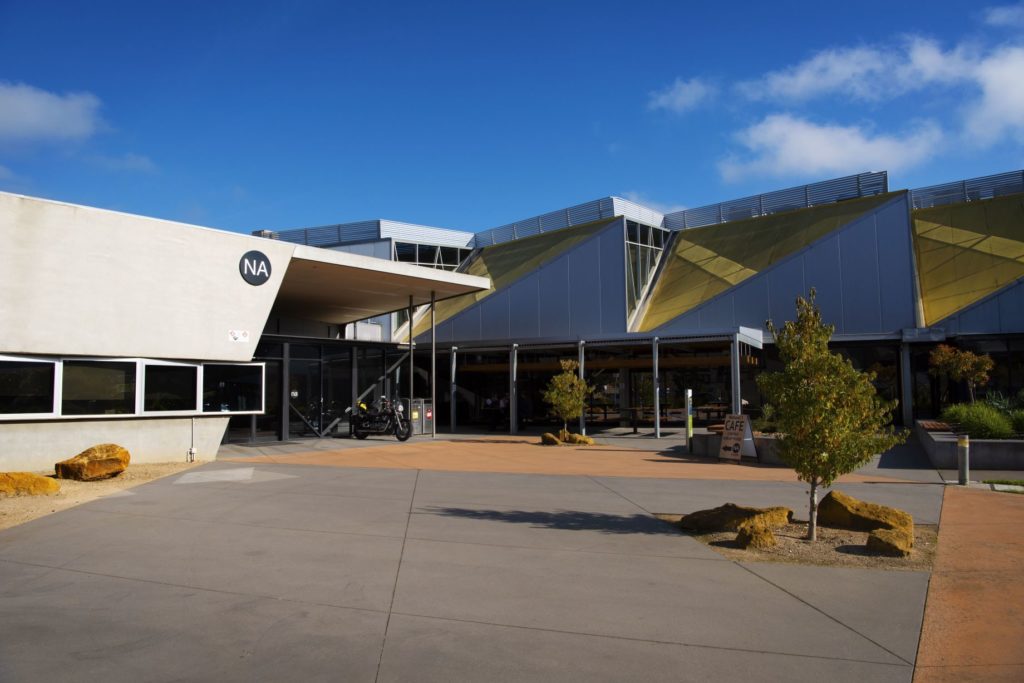
We have a role to play in being thought leaders and helping people to make better informed choices.
But mostly, our value lies in our research: how do we innovate and find new technologies that allow us to extract value from waste; and how do we design new materials that can be easily recycled and repurposed and are designed to last multiple lifecycles?
Both of those are important.
While it’s great to deal with the back end of a material or product cycle i.e. waste, it doesn’t address the complexity of current material design. Material design is at the core of our current waste issue.
The current generation of materials are not designed to be recycled and repurposed and that’s why we struggle to separate clothing textiles like poly and cotton blends, for example, because they’re inherently two incompatible materials.
Separation often results in degradation of the raw materials, resulting in downcycling of the final material or product.
At the Institute for Frontier Materials, we’re focused on re-designing materials that really create transformational value to society.
We are looking at how we build in circular approaches so the end result is materials with complex and extraordinary capabilities that are designed to loop through multiple lifecycles and to retain their value through all of them.
What’s the Regional Innovation for a Circular Economy conference all about?
We are looking to raise awareness about the key principles for a circular economy, examine state and national perspectives and explore some great regional case studies of the circular economy in practice.
The conference also includes a masterclass in circular economy design thinking by Andrew Jones from G2 Innovation.
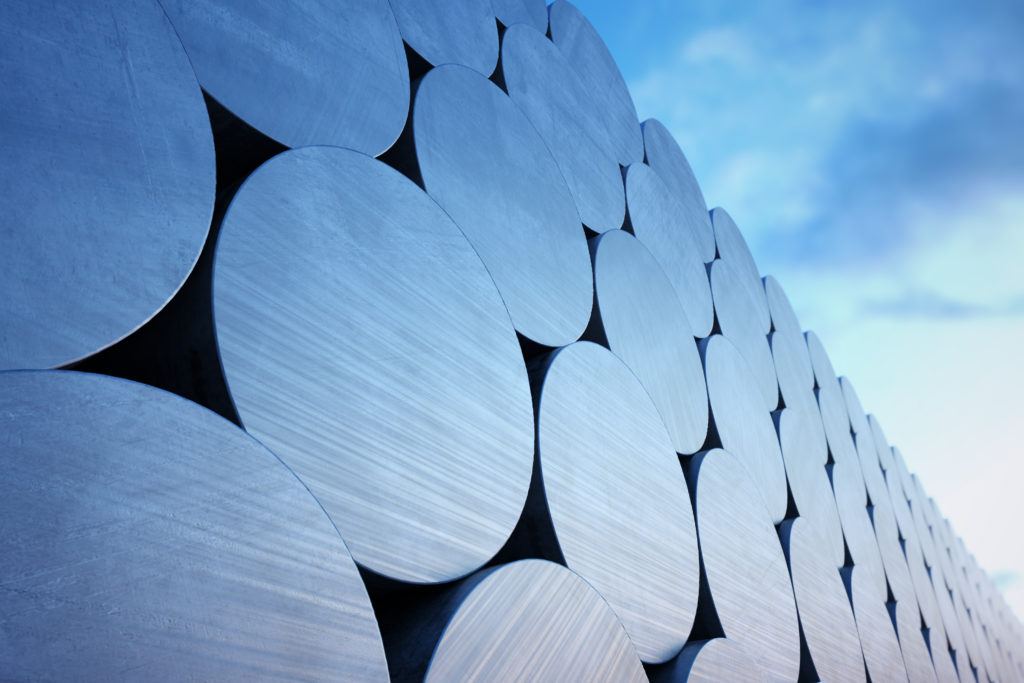
Angela Hoefnagels from the Department of Environment, Land, Water and Planning will be speaking about the Victorian circular economy policy that is currently in development and expected to be released together with an action plan by the end of 2019.
We are also grateful to have Brooke Donnelly, CEO of The Australian Packaging Covenant Organisation (APCO).
APCO is a fantastic example of an organisation that is focused on a circular economy model, aggregating key players from the value supply chain and setting targets with key actions attributable to all of the members along that value supply chain.
APCO are a part of the Ellen MacArthur Foundation Plastic Pact, so they will be drawing from global benchmarking and then finding ways to best leverage these learnings within Australia.
Professor Matthew Barnett, Director of the Institute for Frontier Materials, will be discussing our circular economy strategy at the Institute for Frontier Materials, how we’ve incorporated circular economy principles into our materials design and how we’re creating novel ways to maximise value from waste today and re-designing materials for a waste free tomorrow.
Will Le Messurier from MRI will talk about some of the particular challenges e-waste presents for a circular economy, given that it’s the latest material to be banned from landfill in Victoria.
We’re also going to look our textiles industry and how to reduce the amount of waste it generates. Australia is the second largest textile consumer in the world after the US and our average consumption per capita is double the world average.
Peter Allan from Sustainable Resource Use will provide an understanding of the industry and what steps are needed to drive circularity for the textile industry.
Catherine McMahon
Institute for Frontier Materials’ Circular Economy program leader
The Regional Innovation for a Circular Economy conference for Geelong and region will be held on Monday 26 August, 2019 at Deakin’s Waurn Ponds Estate, Waurn Ponds.



